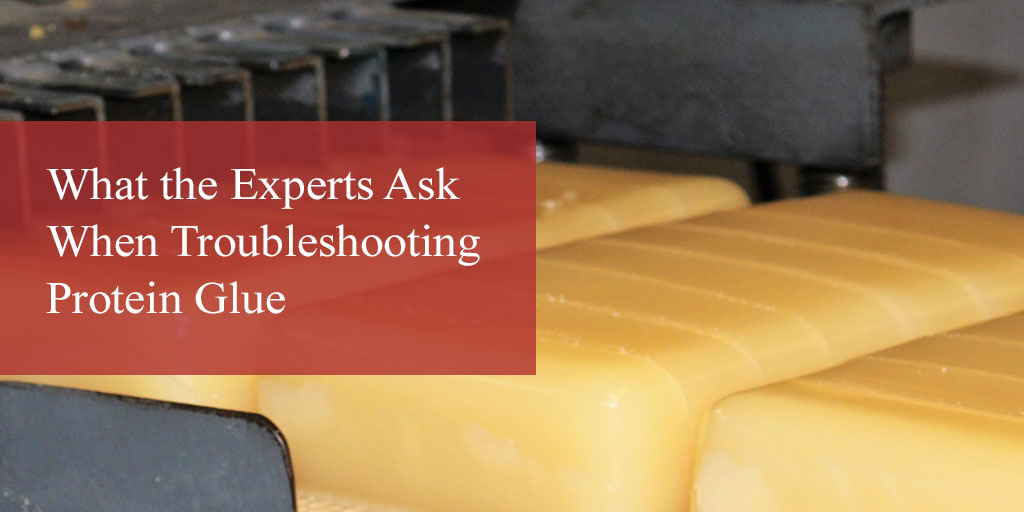Testing how your operation runs before going into full production is critical for success. There’s no sense in going full steam ahead, especially if you’ve recently changed something. This is sound advice for any manufacturer, and in this article, we’re focusing on the benefits of running a glue trial for rigid box and packaging producers.
Read More >Do you struggle to measure the solids in your gelatin glues accurately? One of the most efficient and accurate methods in manufacturing for checking brix solids in gelatin glue is to use a refractometer.
A refractometer is a simple handheld tool used to measure the percentage of solids. This device is beneficial for those that use protein, gelatin-based glues.
Read More >Accidents happen. Water-based and protein glues are popular for packaging, laminating, and labeling applications and need to be applied as a liquid. The risk of having an accidental spill increases when glues are in the liquid state.
Read More >Working with adhesives can be notoriously tricky. When we get calls about why a customer’s glue isn’t working, it could stem from various factors. If you believe your protein glue application isn’t running as optimally as it should be and want a second option, here are some of the questions a glue expert is likely to ask when troubleshooting your adhesive application.
Read More >
.png)

.jpg)





